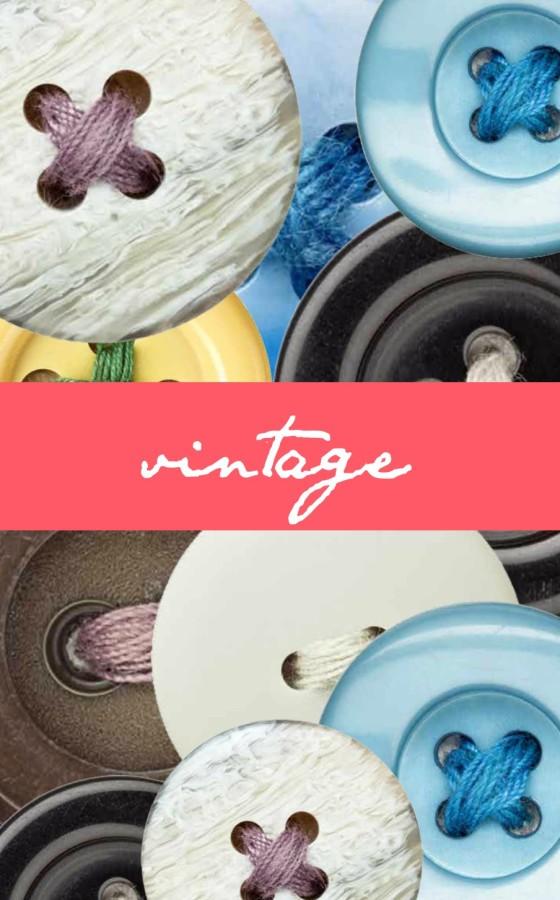Vying for vintage: story in apparel
Lucy Vietor ’18 speaks about the merits of vintage fashion.
High waisted skirts, lace overlays, flare dresses and Etsy. Although this might seem to be an accurate description of Taylor Swift, its actually part of a larger trend in fashion: vintage.
According to the dictionary, “vintage” means “the year in which something was begun or made.” In today’s culture the word vintage is often used in conjunction with fashion, and we appreciate people’s vintage style. Vintage, or retro, is usually used to refer to any decade of the 20th century, and most people have a favorite fashion decade.
In the 20s, there was the flapper. Hemlines became much shorter than they had ever been, and straight silhouettes with dropped waists marked what is remembered as a glamorous and free decade, full of lavish parties like Gatsby’s. The 30s, also, were a decade for lovely clothing – a very feminine look was in vogue, and Hollywood glamour became a big part of society as actresses modeled exquisite evening gowns. Fashions became very sensible in the 40s, and fine materials were used sparingly. A line and pencil skirts gained fame in the 50s, and so did feminine details such a lace and ruffles. The 60s marked the beginning of the mini skirt and colorful, bold patterns became very popular. This was the decade of Twiggy, an iconic English singer, actress and model. The hippie look was born in the 70s. Loose maxi skirts and shimmering fabrics were everywhere. As women began to work more, fashion in the 80s became a little more serious and straight skirts with blazers became popular. The 90s were more alternative, and dresses and skirts lost favor as a more tomboyish style became popular (think Winona Ryder).
With that brief history of fashion over the decades, we can look more closely at what vintage fashion means today. It’s hard to identify exactly why, but a lot of people are drawn to vintage clothing and take an interest in finding interesting pieces in thrift stores.
Sophomore Amanda Platt is attracted to vintage fashion for historical reasons, she describes it as “a window to the past” and is fascinated “to see how historical and economic situations throughout the decades have influenced fashion.” Fashion is evolving today and even though we love to be up-to-date on the latest trends, it is also fun to pretend to live in another time and enjoy the fine details and fabrics of older clothing.
Grace Tobin (sophomore) thinks it is important because “No fashion trend will ever really die…vintage fashion is always being redefined as time goes on.”
Before clothes were mass-produced, as they often are today, attention was paid to every garment, and each piece told a story. Clothes were built to last, not to be worn only for one season. A mother could pass her favorite dress on to her daughter.
Today, vintage clothing may not be handed down in each family but its beautiful pieces can be found in small boutiques. Older clothes tell us a story and remind us of the elegance and charm of times gone by. Not everyone is interested in preserving the clothes from the past, but I think that if people appreciate vintage fashion then it is not dead. It’s important to be reminded of the generations before us, and continuing some of the lovely fashions of the past is the perfect way to do this.




